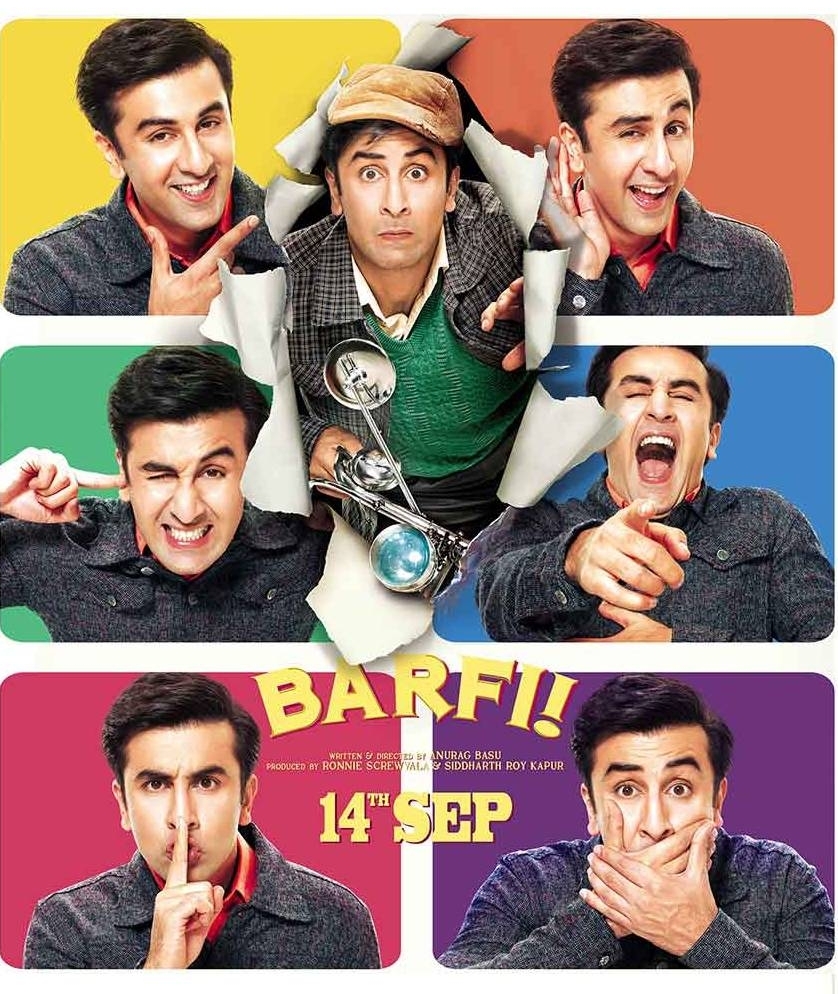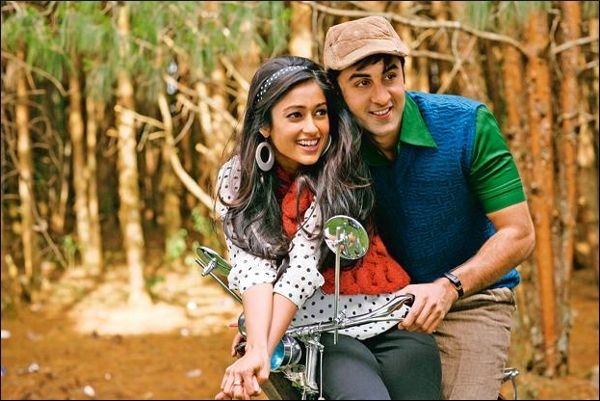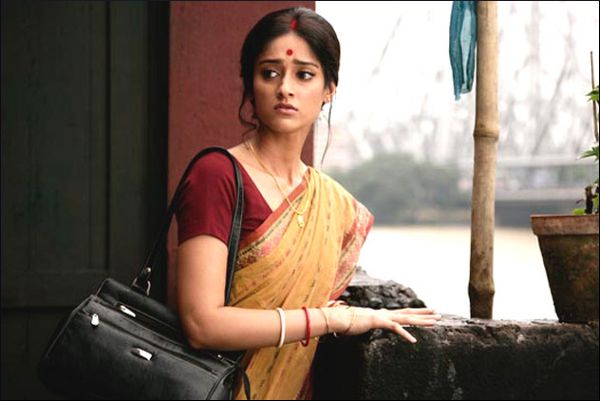
- Barfi!
- 150 minutes - Comedy
- Original title: Barfi!
- Director:Anurag Basu
- Language: Hindi
- Country: India
A cheerful and optimistic deaf-mute boy bonds with his autistic neighbor.

A cheerful and optimistic deaf-mute boy bonds with his autistic neighbor.
Set against the beautiful backdrop of Darjeeling, the 2012 film Barfi! earned Priyanka Chopra and Ranbir Kapoor rave reviews for their acting. While one might argue that it was the film’s editing that made them look like great performers, both doubtlessly played characters that were unique in Bollywood cinema and were also their most challenging roles to date. Kapoor interprets the protagonist, Barfi, a cheerful deaf-mute boy with an optimistic spirit, while Chopra brings to life his autistic neighbor, Jhilmil. Somehow, the two communicate and share a special bond.
For students of Hindi, Barfi! is an interesting movie, considering Kapoor pantomimes his way through the running time and Chopra only says one word at a time, and that word is usually “Barfi!” So, how does Anurag Basu’s film teach a little Hindi? Through its songs, of course! Song lyrics are not quite like spoken Hindi, but some vocabulary can still be learned. For example, “Aala Ala Matwala” is filled with onomatopoeic terms, that is, words based on the sounds they describe, such as “knock” or “vroom” in English. In the case of this song, the lyrics are filled with lines like “gud gud gud ho bud bud bud,” which are the sounds of diving and sinking into a trail of bubbles. Before this phrase, the lyrics read: “Khwaabon ki nadi mein khaaye gote,” translating as: “He dives into the river of dreams.” This may seem a little confusing to those who have already begun studying Hindi, since the word “khaaye” means “eats.” However, when “khaaye” is combined with the word “gote” (dives), it becomes “Let’s dive.”

Another great song from the film is “Kyun,” which simply means “Why?” The word itself is used in the phrase “Kyun, na hum tum,” which turns “Why?” into “Why not, you and I?” In true Bollywood fashion, the song advances a number of scenarios for the pair’s future. One line goes: “Kyun na hum tum, chale zindagi ke nashe mein hi dhut sarphire, chal bhatak le na baawre” (Why not, you and I, intoxicated by life, wander amazed. Let’s roam then in a daze). The word “chal” means “to go,” while “chale” is the noun: “away.” The phrase “Chal!” is often said between friends who want to leave one place and go to another. “Zindagi,” meaning “life,” features in at least half of Bollywood songs and is a must-know for students looking to use lyrics to learn Hindi. “Nashe” or “nasha,” depending on the tense, means “intoxicated,” mostly employed in the sense of being “in love.” Elsewhere, the lyrics read, “Sun, khankhanati hai zindagi. Le, humein bulati hai zindagi” (Listen, life jingles. Take, it calls us to life). The full word for “listen” is actually “sunana,” while “take” is in fact “lena.” However, when giving direct orders, verbs are often reduced to single syllables, thus the above terms become “sun” and “le,” respectively. As for “Khankhanati,” it does not literally mean “jingles,” but is instead another Hindi onomatopoeic word, imitating the sound of jingling.
Although Chopra and Kapoor may not say much, this film with limited dialogue is not a total waste for students of Hindi. With many songs and a number of interesting characters, Barfi! still provides many Hindi words and phrases worth learning.
